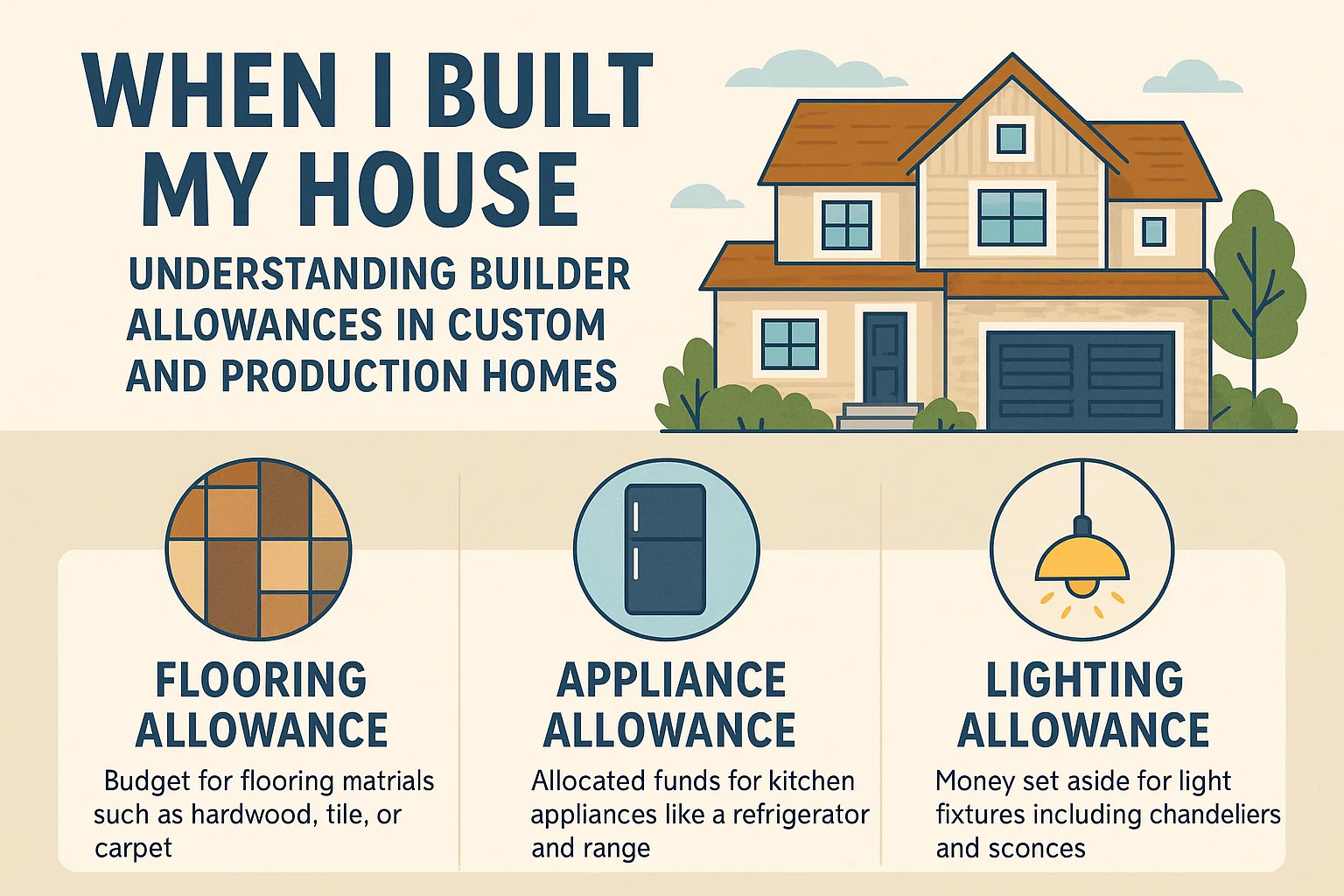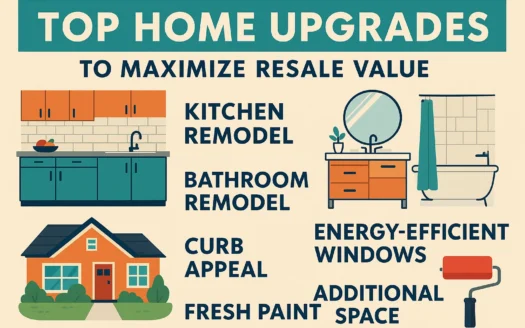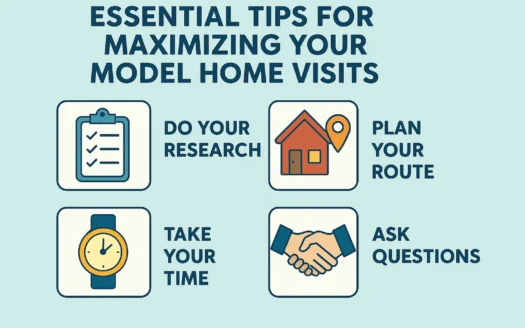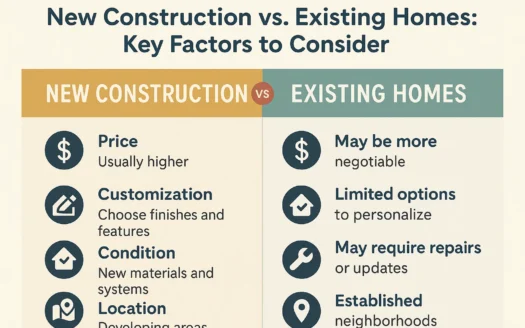When I Built My House: Understanding Builder Allowances in Custom and Production Homes
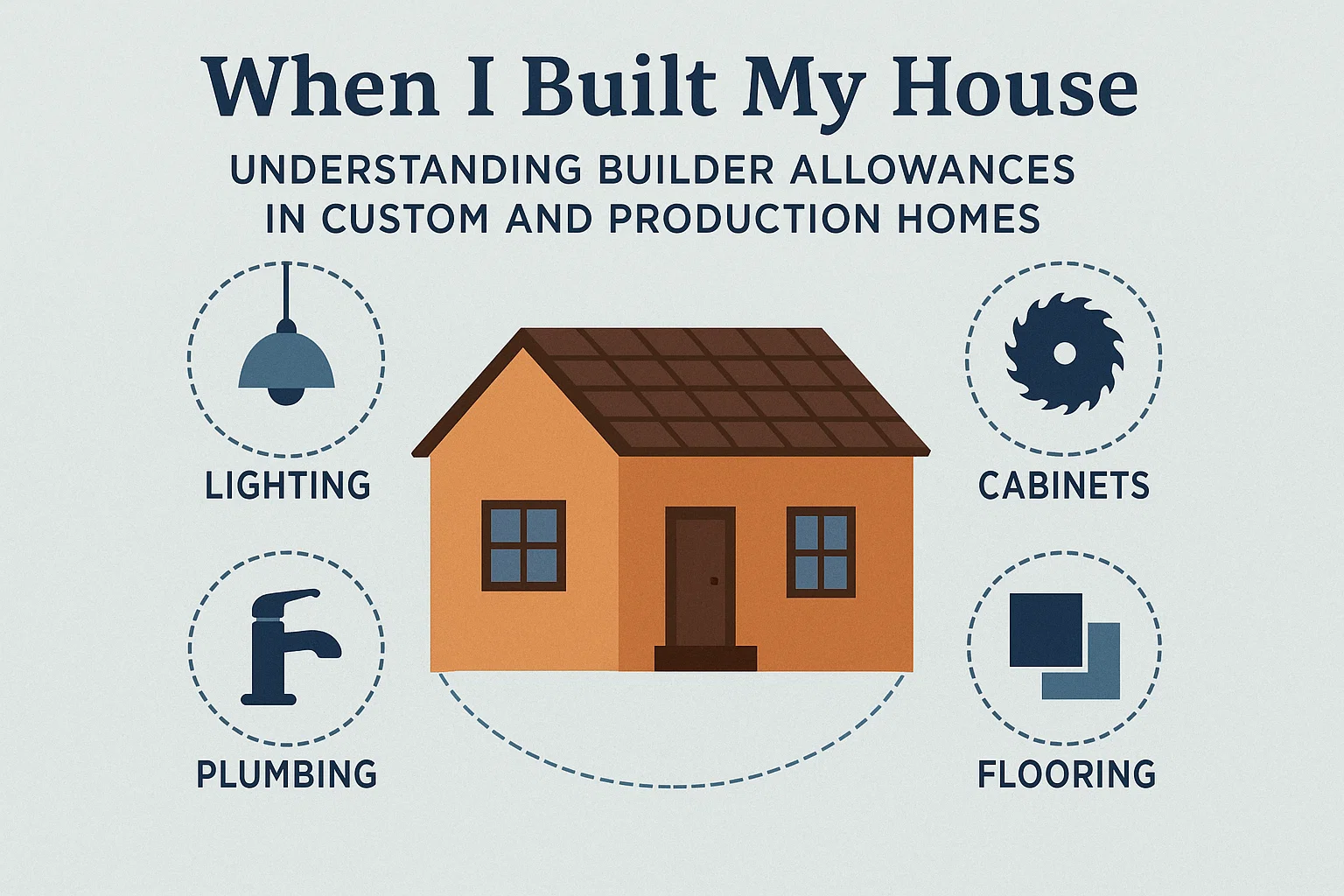
When I Built My House: Understanding Builder Allowances in Custom and Production Homes
How Do Allowances Work?
If your builder agrees, they may offer what’s called an allowance. This is a specified amount deducted from the total contract price to account for materials or products you provide instead of the builder. For example:
- If your home’s contract price is $325,000 and you receive a $10,000 allowance for supplying your own appliances, the final price becomes $315,000.
Builder allowances differ from home upgrades, which are premium options selected from the builder’s predefined list (e.g., higher-end flooring or a larger refrigerator). Allowances, however, are credits reflecting the builder’s estimated cost for providing the item.
The Flexibility—and Limits—of Allowances
There are no universal rules for allowances. Builders may:
- Prohibit them entirely.
- Limit the number or type of items you can supply.
- Require a cost-plus contract if you want extensive customization.
Common allowances include:
- Appliances
- Light fixtures
- Flooring
Some homeowners even bring unique items, like a cherished chandelier or custom-designed front door, to personalize their space.
The Problem with Allowances
While allowances offer flexibility, they come with risks:
- Scheduling delays: Late deliveries or incorrect products can disrupt construction timelines.
- Installation issues: Subcontractors unfamiliar with your materials may cause errors or delays.
- Quality control: Damage, wrong sizes, or missing parts can lead to costly replacements.
- Theft or loss: Builder insurance typically doesn’t cover materials you supply.
How Builders Price Allowances
Policies vary significantly:
- Some offer a dollar-for-dollar credit (e.g., $10,000 allowance for $10,000 in materials).
- Others deduct only their actual cost (e.g., $8,000 credit if their overhead and profit accounted for $2,000).
To avoid surprises:
- Finalize selections early to align with construction schedules.
- Clarify whether allowances cover only materials or include labor and overhead.
- Ensure all terms are written into the sales contract.
Key Takeaways
Builder allowances can help personalize your home and reduce costs, but they require careful planning:
- Communicate openly with your builder about policies and expectations.
- Anticipate potential delays or complications with third-party materials.
- Document all agreements to prevent disputes.
